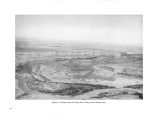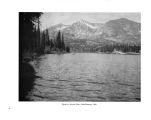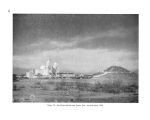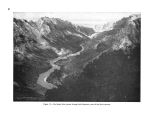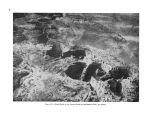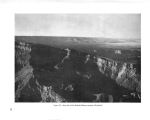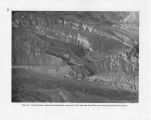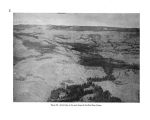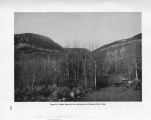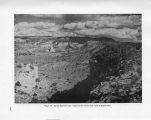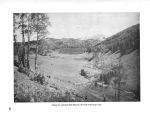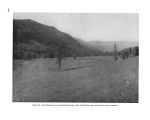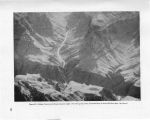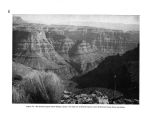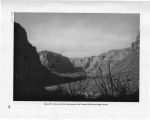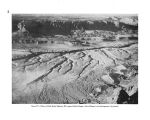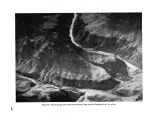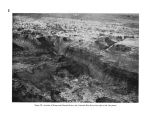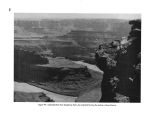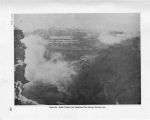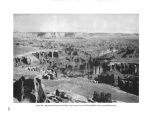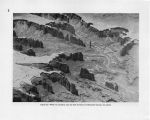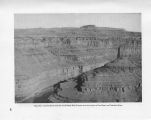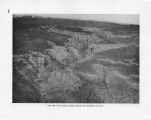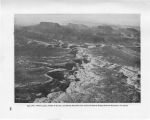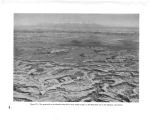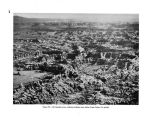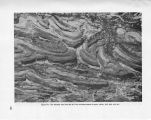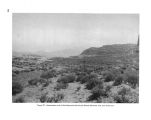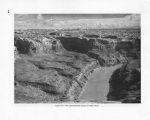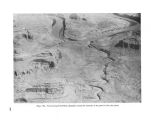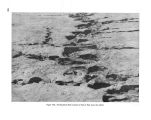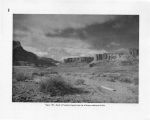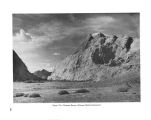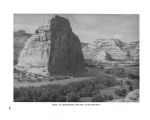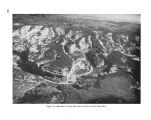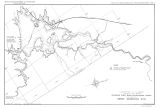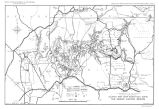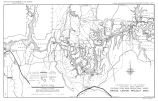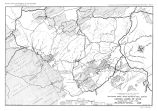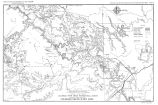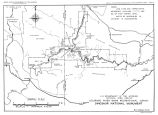| OCR Text |
Show CHAPTER II GEOLOGY Provinces and subprovinces of the Colorado River drainage area, as recognized in this report, are based on physiographic character, on rock structure, and on the age of surface rocks. The value derived from using such subdivisions is chiefly that of ease in making descriptions of geologic features. Thus, elements of similar nature are considered together and contrasts are made apparent. This portion of the report is prepared with a twofold objective: first, to present a general description of geology in the Colorado River drainage system and, second, to indicate specific features of unusual interest or unique character which should be permanently preserved and/ or made accessible because of their educational or inspirational values. The general description of the area is essential to an understanding of the individual features which are discussed in more detail later. An appreciation of these features is essential in evaluating the recreational possibilities of the region or in planning its development. GENERAL FEATURES AND RELATIONS OF DRAINAGE BASIN In its continental relations, the area comprising the drainage basin of the Colorado is a feature of the great intermountain region outlined by the Rocky Mountains and the Sierra Nevada- an enormous expanse of relatively low land that might have been drained by a single river system. During Tertiary times this vast area was separated into two parts by the building of crinkled mountains in western Wyoming and uplifting masses of sedimentary rock to form the high plateaus of Utah. West of this common boundary is the Great Interior Basin, characterized by elaborately faulted and uptilted strata arranged as ridges between broad flats- a region of dwindling streams which never reach the sea. East of the division zone and extending to the crest of the Rocky Mountains lies the well- drained Colorado Basin, developed in domi- nantly flat- lying sedimentary rocks whose continuity has been interrupted by lava flows and igneous intrusions, and which in places have been bent upward into monoclinal folds or sliced into long earth blocks by faults. During a large part of Tertiary time the basin was the dumping ground for rock debris worn from its border lands. As a regional structural unit the Colorado drainage basin is a geosyncline- a downwarp formed at the time when its counterpart, the Rocky Mountains, was upraised. An outstanding feature of the Colorado River Basin is the alinement and the peculiar local setting of the drainage channels. The original streams chose courses in accord with regional and local slopes and the relative hardness of the surface rocks. Some doubtless were through- flowing and others formed lakes, but nearly all of them eventually became parts of an integrated drainage system whose master stream, the Colorado, reached the sea. In the soft, uniformly textured Tertiary rocks that once covered most of the plateau country, the streams developed in the usual fashion, but as their channels were deepened, more resistant rocks in various attitudes were encountered. To escape these obstacles, some streams developed new roundabout courses, but many were so firmly established in deep trenches that readjustment was impossible, and as erosion of the adjacent lands proceeded their position became glaringly out of accord with the topography. Thus, with seeming disregard of regional features, the Green River crosses the Uinta Mountains, the Uinta Basin, and the Tavaputs Plateaus, and its tributaries pass through, instead of around, rock domes; the San Juan River meanders through Hogback Mountain and the Monument upwarp; the Paria River crosses the East Kaibab monocline; the Virgin River plunges through the Hurricane Cliffs, and farther on through the Bea- 22 |




























